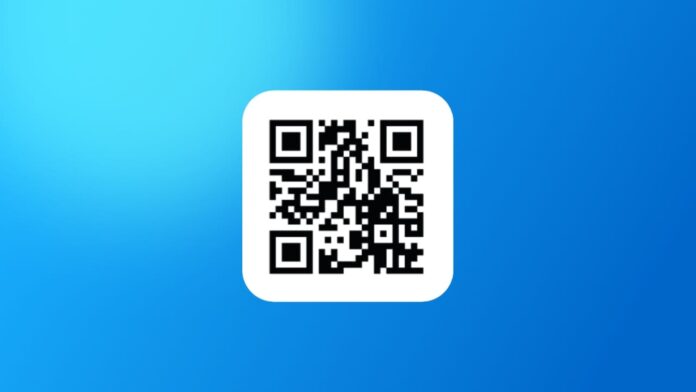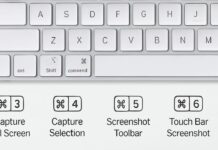
How QR Codes Work is a common question today. QR codes are black and white squares storing information. They look simple but use powerful technology for fast results.
People use them for payments, tickets, security, and even Wi-Fi. In India, QR codes are growing very fast. This article explains QR codes, working, uses, safety, and real-life examples clearly.
How QR Codes Work and Their Structure
How QR Codes Work starts with their history and invention. Masahiro Hara from Japanese company Denso Wave created them in 1994. They were made to track automobile parts efficiently. The design was inspired by black and white Go game.
QR code means Quick Response Code, and it is correct. It allows very fast scanning and instant digital response. QR codes are two-dimensional codes unlike barcodes. They can be scanned both vertically and horizontally. This makes them easier and faster than traditional barcodes.
Barcodes can only store around twenty alphanumeric characters. QR codes can hold thousands of characters very easily. They can store numbers, letters, symbols, binary, and kanji. Some QR codes even store up to 4,000 characters.
The structure of QR codes is very special. Position markers are placed at three corners for scanning. These markers allow the camera to read from any direction. A quiet zone surrounds the QR code for accuracy. Alignment patterns and timing patterns help scanners read correctly.
Data modules are small black and white squares. Black squares represent one, and white squares represent zero. Together, they store binary information like numbers or text. QR codes also carry version information inside the structure. Versions range from 21×21 modules to 177×177 modules.
There are four input modes in QR codes. Numeric mode stores only numbers with maximum efficiency. Alphanumeric mode stores numbers, letters, and special symbols. Byte mode supports the Latin alphabet for global use. Kanji mode stores double-byte Japanese characters efficiently.
Special features also exist for different QR code needs. Structured Append Mode allows connecting sixteen QR codes together. FNC1 Mode helps QR codes function in the supply chain. Static QR codes store fixed data without future changes. Dynamic QR codes can be updated by changing the destination URL.
Different styles of QR codes are also available. Standard QR code is most popular and widely used. Aztec code has a central finder pattern for scanning. MaxiCode uses a honeycomb design for postal services. PDF417 is rectangular and created before QR codes. Semacode looks similar but has no finder patterns.
This strong structure and flexible design explain their popularity. They can be scanned quickly and used globally everywhere.
How QR Codes Work in Real Life Applications
How QR Codes Work in daily life is amazing. Today, QR codes are used in almost every industry.
In India, QR codes are now very common. BharatQR system helps people make easy digital payments daily. It works with RuPay, Visa, Mastercard, and American Express. Unlike NFC, QR does not need special hardware. Any phone camera can scan codes for safe transactions.
In business and marketing, QR codes are everywhere. They appear on posters, flyers, and product packaging. Customers can scan them to view videos, offers, or websites. Business cards now include QR codes for LinkedIn profiles. Networking becomes simple by just scanning digital contact cards.
In entertainment, QR codes replace physical tickets for events. Concerts, theatres, and sports use QR codes for entry. Airlines also provide QR boarding passes through mobile applications. Scanning ensures secure and fast verification without paper tickets.
In restaurants, QR codes replaced paper menus during Covid-19. Customers scan the code to view the menu on phones. They can order and pay without touching physical menus. Grocery stores use QR codes for discount coupons instantly.
In public transportation, QR codes have many uses today. Commuters buy tickets through QR codes for buses and metros. They also scan QR codes for live schedules and updates.
In my personal life, QR codes save time every day. People share Wi-Fi details through QR codes easily. No need to type long passwords again and again.
Streaming services like Netflix use QR codes for login. Smart devices also connect through QR codes during setup.
Creative uses of QR codes are also surprising. In the UK, QR Memories places QR codes on gravestones. Visitors scan and access digital tributes of loved ones online. This combines tradition with modern digital experiences very beautifully.
During the Covid-19 pandemic, QR codes were life savers. They were used for contact tracing and check-ins globally. Governments used them to track virus spread and notify people. Restaurants, shops, and public spaces made scanning compulsory.
App downloads are also made simple with QR codes. Scanning takes users directly to the Play Store or App Store. This saves time and avoids typing long app names.
These examples show QR codes are everywhere in life. They make payments, travel, learning, and entertainment very simple.
How QR Codes Work Safely and How to Scan
How QR Codes Work safely is very important today. Scanning is easy but needs careful attention to avoid risks.
Most modern phones have QR scanners in their cameras. Tablets like iPads also scan QR codes directly. For old devices, users can download scanner applications.
The scanning process is very simple for all users. First, open the phone’s camera or scanner app. Point the camera at the QR code on screen.
The camera instantly captures the unique pattern automatically. A small pop-up shows the hidden information quickly.
If the code has a website link, tap it. The browser opens the site instantly without any typing. If the code has contact information, it saves directly. If the code has Wi-Fi details, it connects automatically.
Though safe, QR codes also face security challenges. Cybercriminals sometimes create fake QR codes for phishing.
This scam is called quishing and is becoming common. Attackers place fake QR stickers over original ones. Scanning opens harmful websites to steal financial details.
Some attacks use malicious URLs hidden inside QR codes. They download malware or spyware secretly on mobile devices.
Hackers also make phishing websites that look completely genuine. Users may enter passwords and lose sensitive information.
QR code creators can also track scanning activity sometimes. They collect non-personal data like device type and location.
They also record the number of scans and time details. This helps them understand usage patterns for marketing purposes.
Safe QR code usage requires simple protective steps always. Always verify the source before scanning unknown QR codes carefully.
Avoid scanning codes from random walls or suspicious messages. Use secure scanner apps with built-in safety features. Keep updating your phone to block malware threats.
Creating QR codes also needs safe practices by businesses. Always use trusted QR generators from reliable providers only. Double-check data before generating codes for accuracy.
For sensitive data, encrypt and use password protection. Test the code on multiple devices before distribution. Regularly monitor scans to detect suspicious activities early.
Following these precautions keeps QR codes safe and trustworthy.
The Bottom Corner
How QR Codes Work is simple yet very powerful. They store data inside black and white squares. They are used for payments, tickets, shopping, and Wi-Fi.
India uses QR codes widely for digital transactions today. But safety is very important for all QR users. With correct use, QR codes connect offline and online worlds easily.







